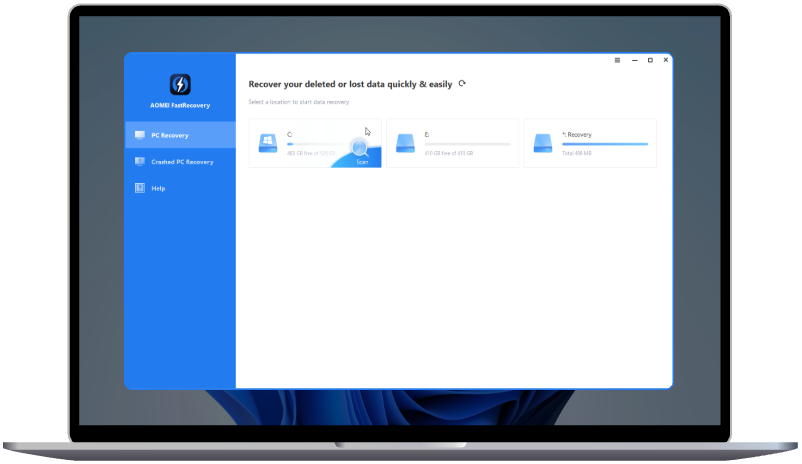Resolving Sandisk Extreme Pro Portable SSD Not Detected Issue
Dive into troubleshooting methods and expert tips to address the Sandisk Extreme Pro Portable SSD not detected issue. Uncover practical solutions to resolve detection problems and ensure seamless SSD functionality.
Have you encountered the frustrating scenario where your Sandisk Extreme Pro Portable SSD not detected by your system? If so, you're not alone. In this guide, we'll delve into the common reasons behind this issue and explore effective solutions to get your SSD up and running smoothly again.
Understanding the Problem
When your Sandisk Extreme Pro Portable SSD is not detected, it can disrupt your workflow and potentially lead to data loss. Several factors could be contributing to this problem:
1. **Connection Issues:**
Loose or faulty cables, ports, or connectors can prevent proper communication between the SSD and your computer.
2. **Driver Problems:**
Outdated or incompatible drivers may hinder the SSD from being recognized by the operating system.
3. **Partition or File System Corruption:**
Issues with the partition table or file system structure can render the SSD undetectable by the system.
Now, let's explore some effective solutions to address this issue:
Solutions to Sandisk Extreme Pro Portable SSD Not Detected Problem
1. Check Connections
- Ensure that the USB cable connecting the SSD to your computer is securely plugged in.
- Try using a different USB port or cable to rule out any potential connection issues.
- Inspect the SSD's USB connector for any signs of damage or dirt accumulation.
2. Update Drivers
- Navigate to the Device Manager on your computer.
- Locate the Sandisk Extreme Pro Portable SSD under the "Disk drives" section.
- Right-click on the SSD and select "Update driver" to automatically search for the latest driver updates online.
- Alternatively, visit the Sandisk website to manually download and install the latest drivers for your SSD.
3. Repair Partition and File System
- Use disk management tools like Disk Management (Windows) or Disk Utility (macOS) to check the status of the SSD's partitions.
- If the SSD is detected but not accessible, it may have corrupted partitions or file systems.
- In Disk Management or Disk Utility, you can attempt to repair the partitions or file system errors to regain access to your SSD.
FAQ: Answering Common Questions
**Q1: Why is my Sandisk Extreme Pro Portable SSD not recognized on Mac computers?**
A: This issue could be due to compatibility issues or driver conflicts. Ensure that your SSD is formatted in a file system supported by macOS, such as APFS or ExFAT.
**Q2: Can a faulty USB port cause the SSD not to be detected?**
A: Yes, a defective USB port or cable can prevent the SSD from establishing a stable connection with your computer. Try using a different USB port or cable to troubleshoot the issue.
**Q3: Is it possible to recover data from an undetected Sandisk Extreme Pro Portable SSD?**
A: In many cases, data recovery software can help retrieve files from an undetected SSD. However, if the SSD is physically damaged, professional data recovery services may be required.
Explaining Technical Terms
1. **Disk Management:**
A built-in Windows utility used to manage disks and partitions.
2. **Disk Utility:**
A macOS application for managing disk drives and volumes.
3. **Driver:**
Software that facilitates communication between hardware devices and the operating system.
4. **Partition Table:**
A data structure that defines the layout of partitions on a disk.
5. **File System:**
The method used by an operating system to organize and store data on a storage device.
Tips to Prevent SSD Detection Issues
1. **Handle with Care:** Avoid subjecting your SSD to physical shocks or impacts.
2. **Keep Drivers Updated:** Regularly update SSD drivers to ensure compatibility and performance.
3. **Backup Important Data:** Always maintain backups of your critical files to mitigate data loss risks.
Conclusion
Encountering the "Sandisk Extreme Pro Portable SSD Not Detected" issue can be frustrating, but armed with the right knowledge and troubleshooting techniques, you can resolve the problem effectively. By following the solutions outlined in this guide and implementing preventive measures, you can keep your SSD functioning smoothly and safeguard your valuable data.

